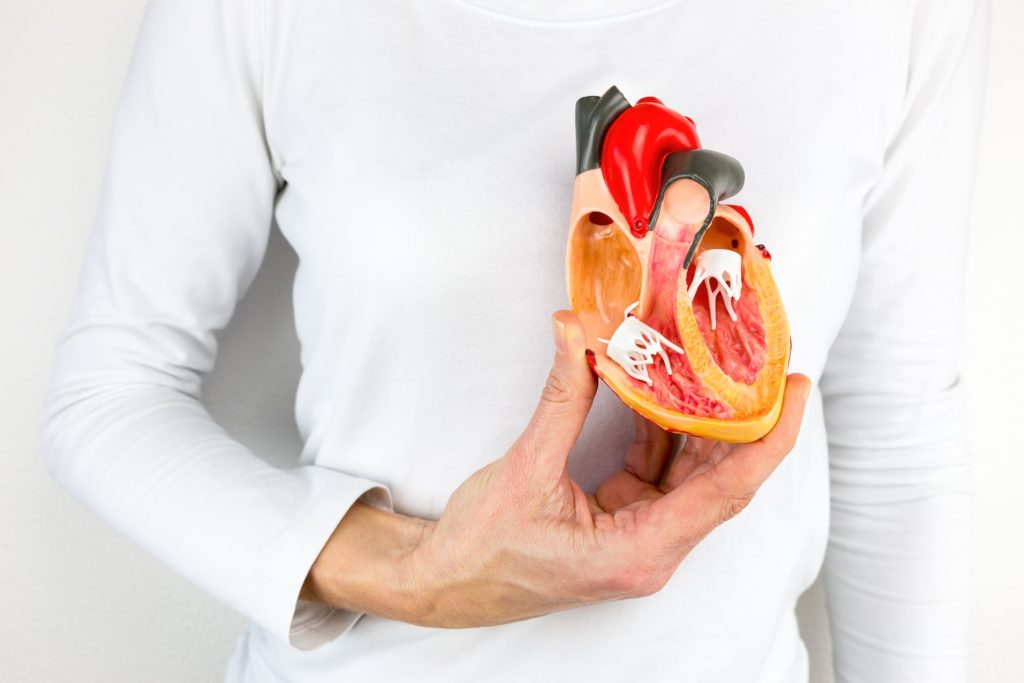Sometimes I feel like a nephron. These hard-working filters keep on working regardless of the pressure of blood flowing into the kidney. In just the same way, practice nurses must stay at the job no matter how many patients stream through the doors of the surgery. What is more, just as the kidney compensates when it loses nephrons, practice nurses take on more work to make sure that patients do not suffer when staffing levels fall.























